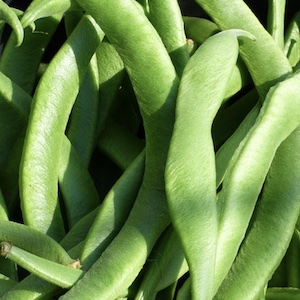Anthocyanins estimation in homogeneous bean landrace (Phaseolus vulgaris L.) using probabilistic representation and convolutional neural networks

All claims expressed in this article are solely those of the authors and do not necessarily represent those of their affiliated organizations, or those of the publisher, the editors and the reviewers. Any product that may be evaluated in this article or claim that may be made by its manufacturer is not guaranteed or endorsed by the publisher.
Authors
Studying chemical components in food of natural origin allows us to understand their nutritional contents. However, nowadays, this analysis is performed using invasive methods that destroy the sample under study. These methods are also expensive and time-consuming. Computer vision is a non-invasive alternative to determine the nutritional contents through digital image processing to obtain the colour properties. This work employed a probability mass function (PMF) in colour spaces HSI (hue, saturation, intensity) and CIE L*a*b* (International Commission on Illumination) as inputs for a convolutional neural network (CNN) to estimate the anthocyanin contents in landraces of homogeneous colour. This proposal is called AnthEstNet (Anthocyanins Estimation Net). Before applying the CNN, a methodology was used to take digital images of the bean samples and extract their colourimetric properties represented by PMF. AnthEstNet was compared against regression methods and artificial neural networks (ANN) with different characterisation in the same colour spaces. The performance was measured using precision metrics. Results suggest that AnthEstNet presented a behaviour statistically equivalent to the invasive method results (pH differential method). For probabilistic representation in channels H and S, AnthEstNet obtained a precision value of 87.68% with a standard deviation of 10.95 in the test set of samples. As to root mean square error (RMSE) and R2, this configuration was 0.49 and 0.94, respectively. On the other hand, AnthEstNet, with probabilistic representations on channels a* and b* of the CIE L*a*b* colour model, reached a precision value of 87.49% with a standard deviation of 11.84, an RMSE value of 0.51, and an R2 value of 0.93.
How to Cite

This work is licensed under a Creative Commons Attribution-NonCommercial 4.0 International License.














